NASA’s Marshall Space Flight Center is sponsoring Team 519 to design a process and a test fixture to cool a bed of dirt from the moon’s surface, called regolith. This test fixture should be able to work in spacelike conditions including extreme pressures and cold temperatures. NASA wants the test fixture to run drilling, excavation, and land rover experiments on the regolith. These experiments are important for space exploration because hydrogen and oxygen can be extracted from the water in the regolith. These elements can be used to make fuel for spacecrafts. The most important conditions to be designed around are cooling to cryogenic temperatures, compatibility with a high vacuum chamber, and maintaining a specified amount of water in the regolith.
The team has designed a test fixture that is eight inches deep and has a removeable lid for testing access. The fixture will be placed inside one of NASA’s testing chambers to mimic the high vacuum pressure in space. However, regolith does not transfer heat efficiently, so the process of cooling is divided into two methods. The fixture is placed inside the vacuum chamber, but the vacuum is not turned on yet. The first method of cooling is a drip system, where liquid nitrogen (LN2) drips down from a lid with holes through the regolith. As the LN2 expands to a gas, it exits the fixture at the bottom. Ideally, the nitrogen gas (GN2) spreads evenly through the regolith, transferring heat by physical contact. Once the desired temperature is reached, the drip lid is turned off and the vacuum chamber begins pumping down to the desired pressure. The second method of cooling is an LN2 sleeve around the inside of the test fixture. This cooling method transfers heat by conduction and stays on throughout the whole test.
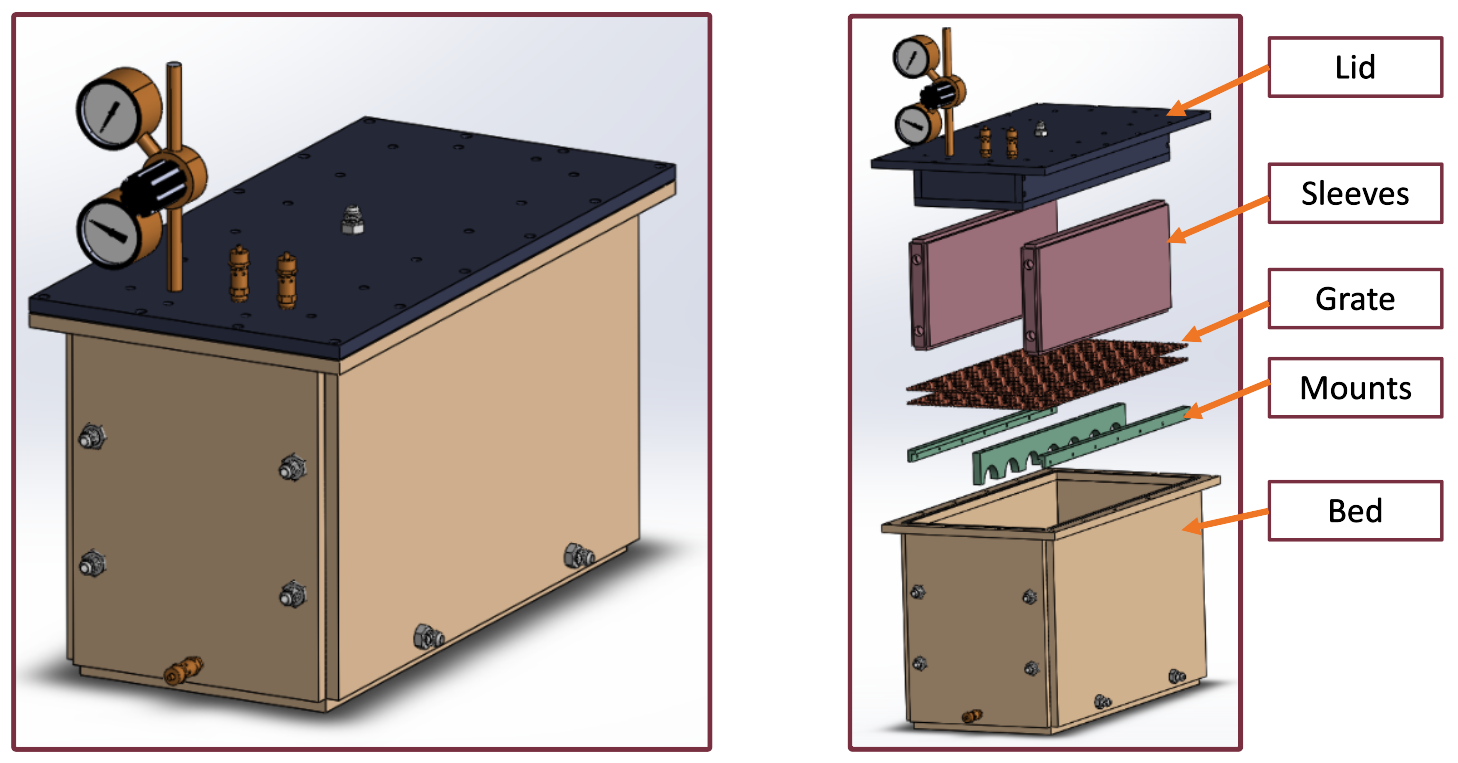
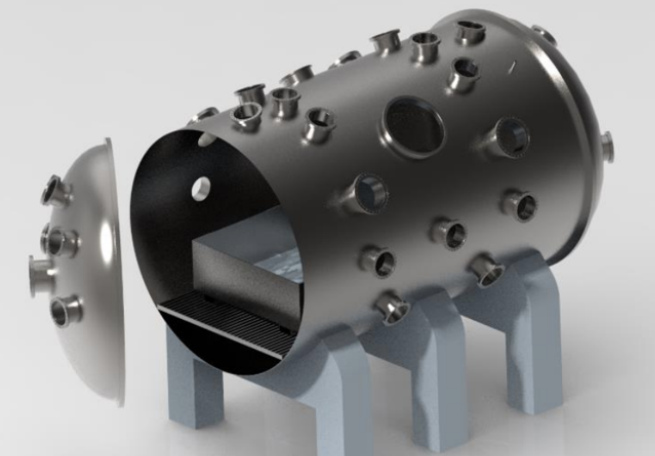
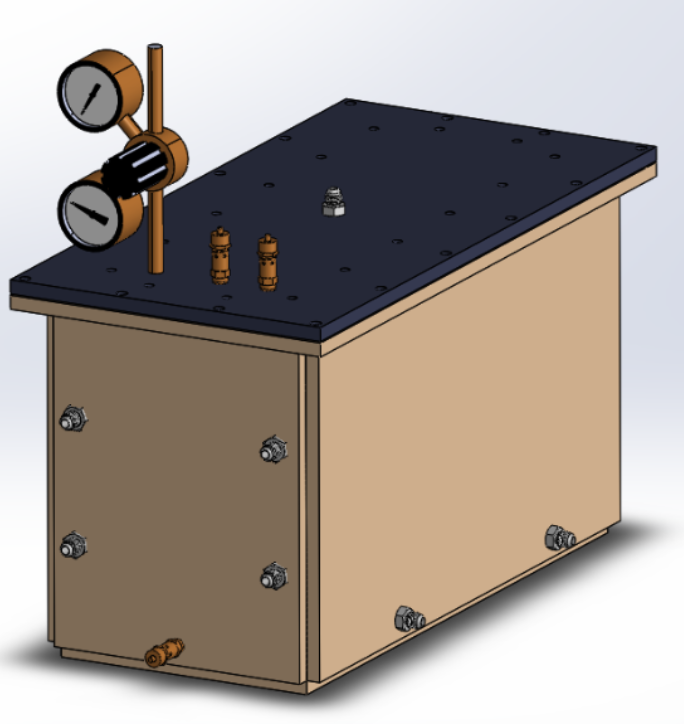
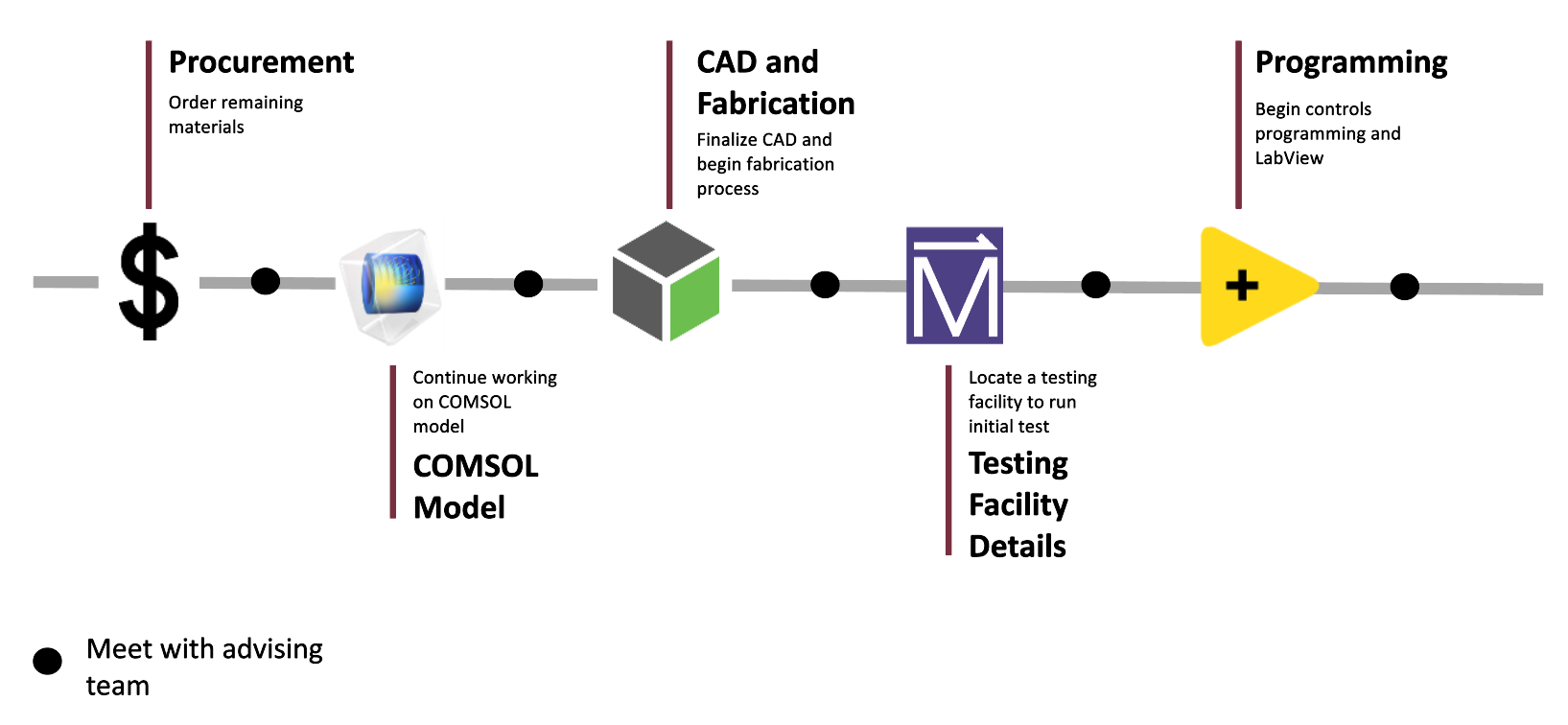

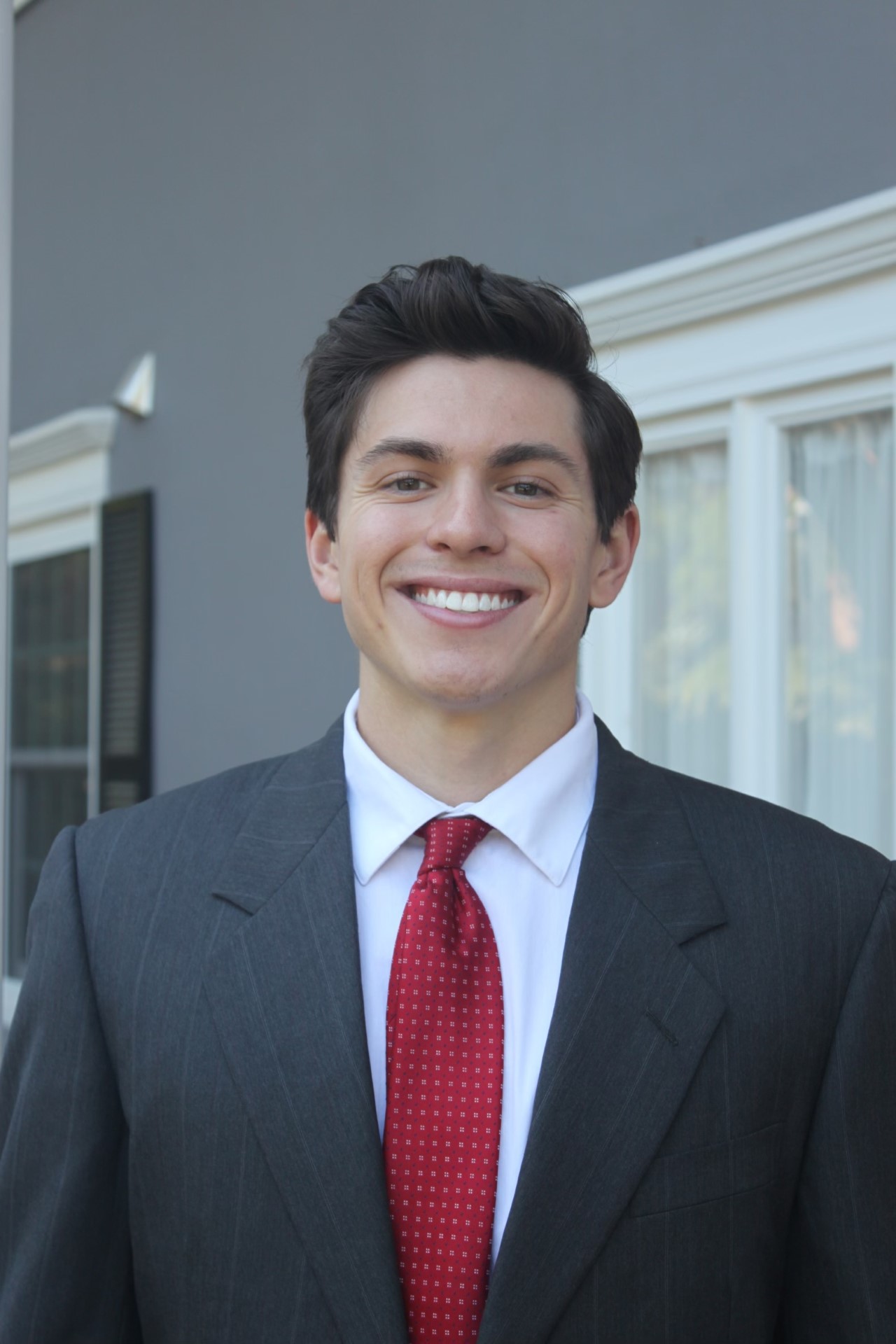
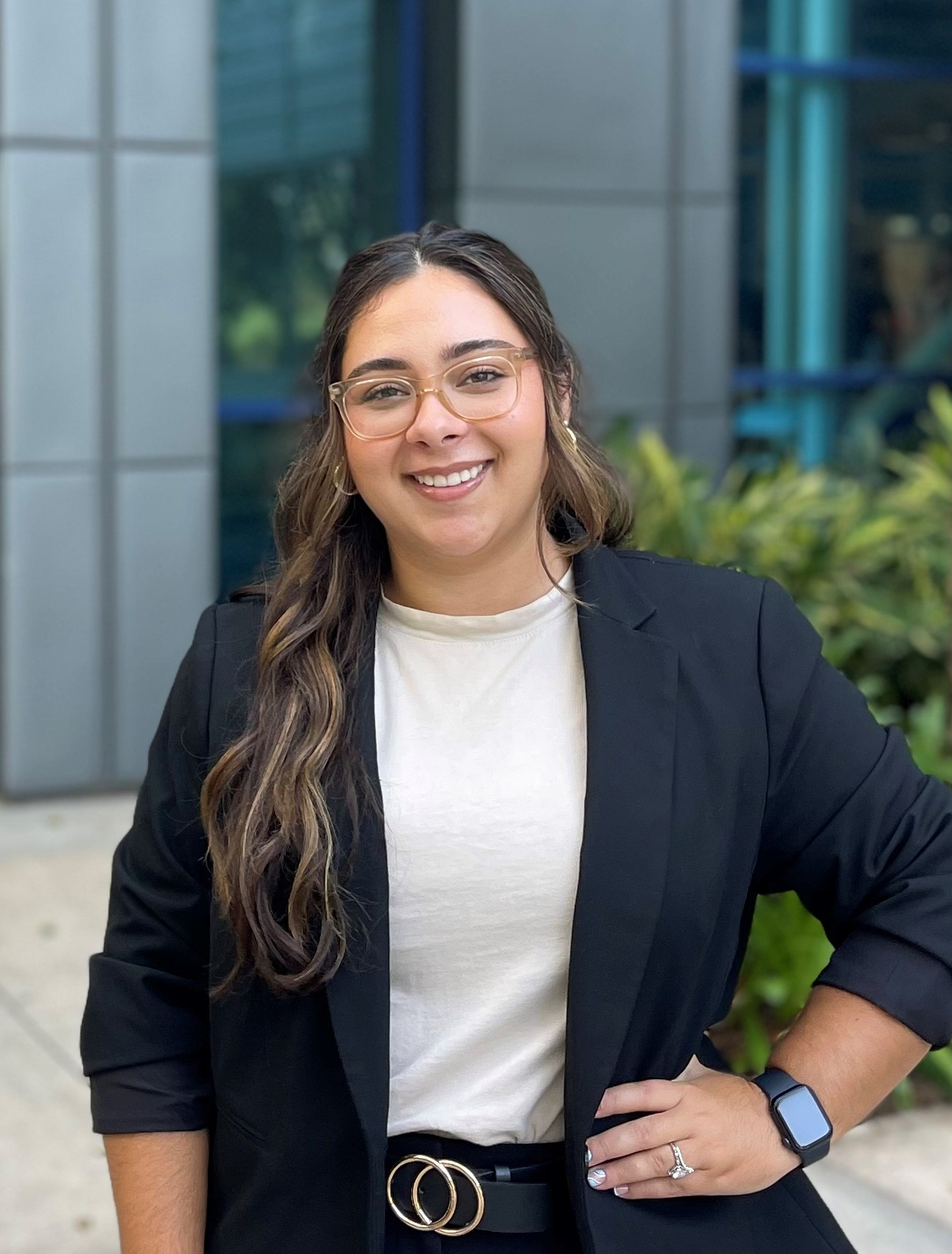
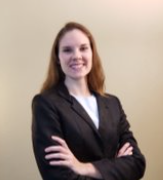

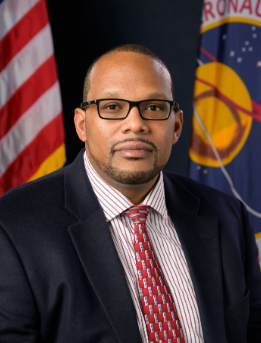
Project Supervisor
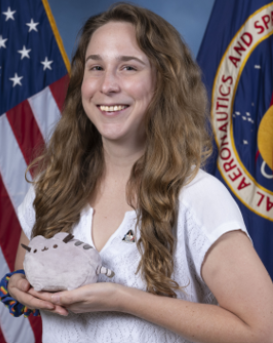
Mentor

Mentor
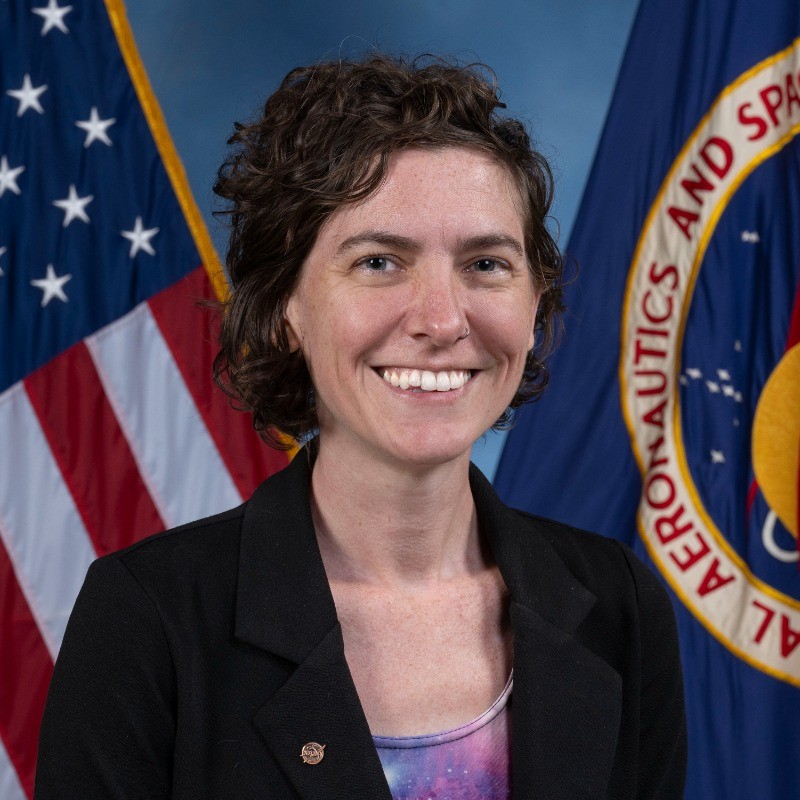
Mentor

Mentor

Mentor

Senior Design Coordinator

Master Experimentalist

Engineering Machine Shop Manager

Engineering Machine Shop Technician